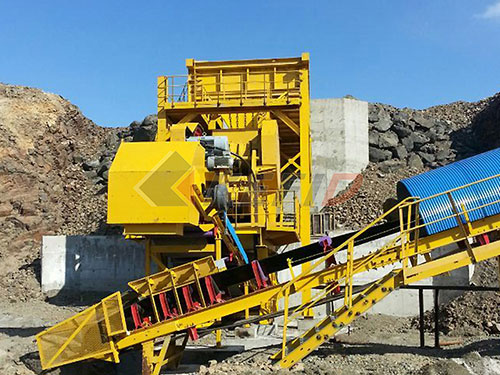
The Unseen Giants: How Japanese Rock Crushers Shape Our World

Beneath the colossal frameworks of modern skyscrapers, within the intricate veins of sprawling highway networks, and even supporting the foundations of our renewable energy future, lies a fundamental process often taken for granted: the transformation of raw, unyielding rock into usable aggregate. At the heart of this essential metamorphosis stands a critical piece of machinery – the rock crusher. And within this global industry, Japan has carved out a unique and formidable position. Japanese rock crushers are not merely machines; they embody a distinct philosophy of engineering precision, relentless innovation, environmental consciousness, and an unwavering commitment to solving specific challenges – particularly those posed by Japan’s own demanding geography and resource constraints. This deep dive explores the intricate world of Japanese rock crushing technology, its historical evolution, key players, defining characteristics, global impact, and its trajectory into an increasingly complex future.
From Reconstruction Roots to Global Engineering Prowess
Japan’s journey in rock crushing technology is inextricably linked to its post-World War II reconstruction. The monumental task of rebuilding shattered cities and infrastructure demanded vast quantities of crushed stone and gravel. Initially reliant on imported or relatively basic machinery, Japanese engineers quickly recognized the need for robust, efficient equipment tailored to local conditions – limited space on congested construction sites, challenging mountainous terrain for quarrying operations (like those extracting hard granite or basalt), and a scarcity of easily accessible raw materials necessitating highly efficient processing.
The 1950s and 1960s saw the nascent growth of domestic manufacturers like Nakayama Iron Works (founded 1939) focusing initially on quarry equipment before specializing in mobile solutions. Companies such as Komatsu Ltd. (established 1921), already prominent in construction equipment like bulldozers and hydraulic excavators (e.g., their iconic PC series), began expanding their offerings to include crushing and screening solutions as integrated packages for large-scale infrastructure projects like the Shinkansen bullet train network. Tsuchiya Co., Ltd. also emerged during this foundational period.
The subsequent decades witnessed explosive growth fueled by Japan’s “economic miracle.” Massive public works projects – highways (like the Tomei Expressway), dams (such as Kurobe Dam), ports (Yokohama), tunnels through formidable mountain ranges (e.g., Kanetsu Tunnel) – created unprecedented demand for aggregates. This environment became a crucible for innovation:
Mobile Revolution: Space constraints were paramount. Japanese manufacturers pioneered compact track

Leave a Reply